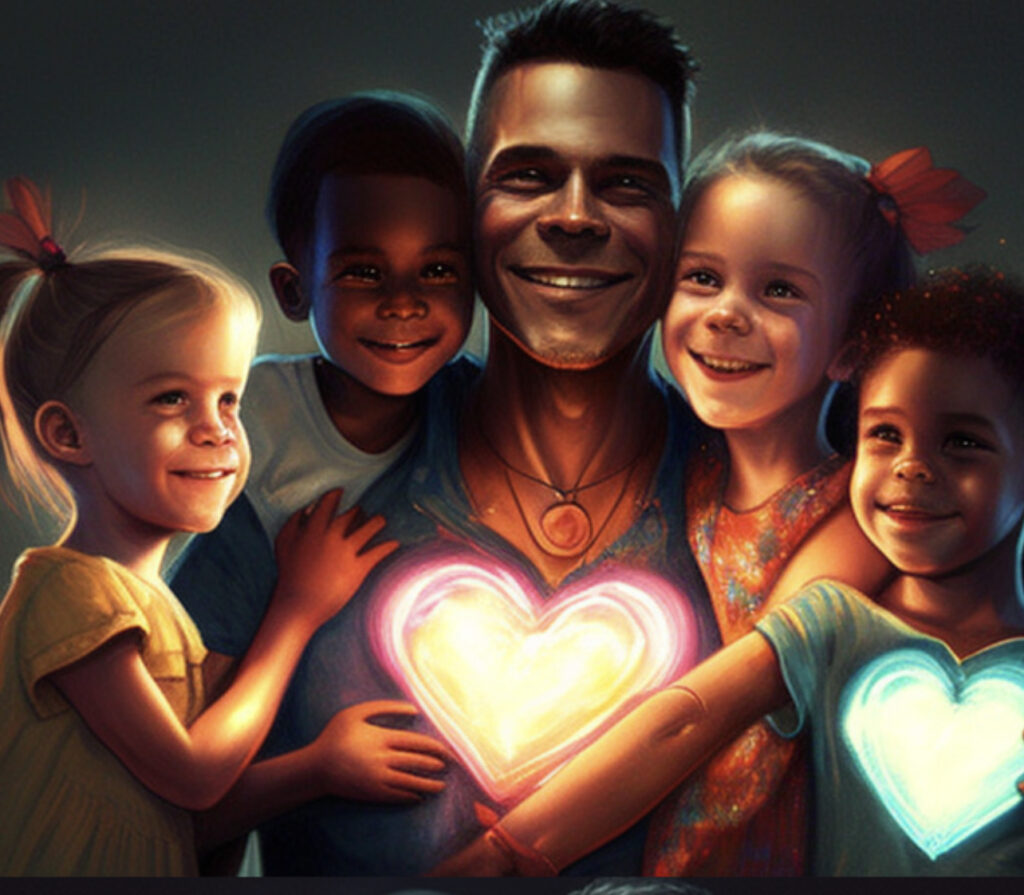In the complex tapestry of human relationships, the term “life partner” stands as a beacon of depth, commitment, and enduring connection. While seemingly straightforward, truly understanding the essence of a life partner requires an exploration beyond mere words, delving into the core of shared human experiences, emotions, and intangible bonds.
Definition and Layers:
A “life partner” represents an individual with whom one shares an unbreakable bond, rooted in mutual trust, affection, understanding, and commitment. More than just a companion, a life partner often embodies various roles – a confidante in moments of doubt, a pillar of support in times of need, a collaborator in shared dreams and aspirations, and a source of unwavering love and friendship.
The Journey to True Understanding:
Merely knowing the definition of ‘life partner’ does not equate to comprehending its profound depth. As Di Tran insightfully expressed, there’s a difference between intellectual awareness and heartfelt realization. It’s akin to understanding the concept of love from books and actually falling in love. The latter engulfs you in its entirety, making you feel its every nuance.
Statistical Elaboration and Real-Life Implications:
Research suggests that our perceptions of relationships evolve as we traverse through various life stages. Dr. Gary Chapman, in his seminal work “The 5 Love Languages,” postulates that individuals perceive and convey love differently1. For instance, while one person may express love through words of affirmation like “I love you,” another might find physical touch, like holding hands, to be a more genuine expression. Recognizing and understanding these languages over the years can deepen the realization of what it means to have a ‘life partner’.
Furthermore, mid-life, typically between the ages of 40 and 60, often becomes a crucible for life reassessment2. Using Di Tran’s revelation at 41 as an example, one can surmise that such deep introspections about relationships may not be isolated incidents but resonate with broader patterns of mid-life introspections. Imagine a successful businesswoman, Jane, who at 45, amidst board meetings and tight schedules, realizes that her truest moments of contentment come from quiet dinners and deep conversations with her husband, Mark. This epiphany transforms her perception of Mark from not just a husband but a genuine life partner.
Uniqueness of Individual Experiences:
While overarching patterns and statistics provide context, the journey of understanding and appreciating a life partner is deeply personal. Everyone has their unique timeline and set of experiences leading to their epiphanies. For some, it might be a shared adversity, for others, it could be a gradual understanding over time.
Conclusion:
The term “life partner” encapsulates a relationship that is both profound and evolving. Rooted in mutual respect, trust, and love, this bond signifies more than just shared experiences; it represents a shared journey of growth, understanding, and deep connection. Di Tran’s reflection serves as a reminder that realizations about such profound relationships can come at any stage in life, transforming not only the relationship itself but the individuals within it.
Awakening to Love’s True Depth: Di Tran’s Epiphany – Poem
In the tapestry of life’s grand design,
Di Tran stands, at a crossroad so fine.
A realization, profound and deep,
Awakens the heart from its dormant sleep.
Life partners, more than words convey,
In shared silences, they light the way.
Beyond mere knowing, a feeling so true,
A bond unbreakable, forever renewed.
Amidst life’s chaos and bustling din,
A moment of clarity emerges within.
To cherish, to hold, to deeply understand,
The journey together, hand in hand.
The essence of love, in whispers and shouts,
In the language of touch, trust, and no doubts.
Mid-life reflections, a beacon so bright,
Illuminating love’s pure, radiant light.
Di Tran’s epiphany, a beacon for all,
A testament to love’s enduring call.
For in understanding, we truly see,
The depth of love’s vast, boundless sea.




